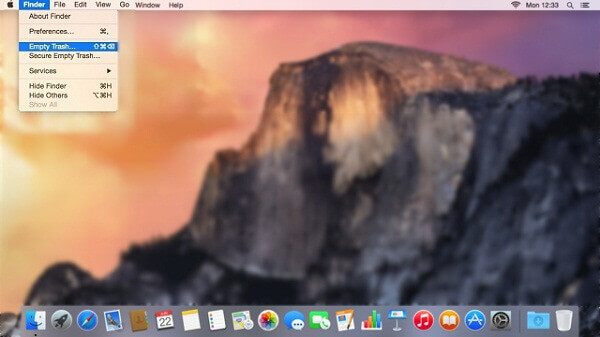

This page on MiniTool shows you how to empty Trash on Mac in different ways. However, to free up disk space on Mac, you should go to empty the Trash further. Users can open Trash and recover the accidentally deleted data easily. That’s all there is to it.The Trash folder on Mac is very important: it keeps all the recently deleted files, folders, and programs temporarily. Simply use “-rv” after the command as follows: srm -rv /filepath/filename If you want to delete an entire directory full of files, the command is very similar as displayed above. Your file should now be completely destroyed. Hitting enter after typing the full command will show status that says “removing ” then “done” Type the srm -v command in the terminal window then drag your file from the finder window to the terminal window to add the path Open a Terminal window (Command + Space, type terminal)ģ. Start by finding the file you want to delete in finder.Ģ. Only follow the steps below if you are comfortable with the command line and accept the risks if you mess up! How to Securely Remove a File from OS X El Capitan 1. Warning: This process can seriously mess up your computer if misused. Fortunately there is a way to securely delete a file using the command line. This is annoying because it’s nice to have the option to feel like you are completely obliterating a file. When you are in the recycle bin, the only option that seems to be available is Empty Trash. If you have upgraded your Mac to OS X El Capitan or newer (Sierra, High Sierra, Mojave, etc), you may have noticed the Secure Empty Trash option is missing.


 0 kommentar(er)
0 kommentar(er)
